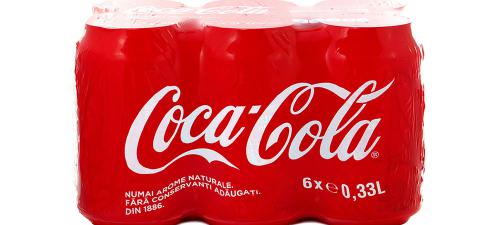Printing on Shrink Wrap
Printing on Shrink Wrap
The material known as shrink wrap is a clear plastic wrap that is used to package millions of products around the world. Shrink wrap is called shrink wrap because it shrinks around the product being packaged when it is exposed to heat.
Each of these three wraps can be co-extruded into multilayer wraps with different additives offering specific barrier properties required for shelf-life or appearance. Shrink wraps can be formed into flattened roll stock, bags, overwrap, banding and tubing, and add a form of tamper-resistant protection to packaged goods.
Shrink wrap remains a widely used packaging option, allowing consumers to view the product while protecting it from outside factors such as air or contaminates. When used to bundle products, shrink wrap’s versatility for efficient shipping, storage and display offers advantages over traditional corrugate packaging.
But for absorbing clients and representing the product with better view, you can use printing shrink that not only absorb customers but also protect the product from damages.
Cliché and cylinder are both common ways to print on shrink in our factory.

The Difference Between Shrink Wrap And Stretch Wrap
Shrink wrap and stretch wrap are often confused as they look very similar, but they perform very differently. When PE is used in a shrink wrap application, it is loosely placed over a single item or multiple items and will shrink around them when heat is applied, creating a tight, tamper-resistant seal of protection. When PE is used in stretch applications, it is formulated differently to be able to stretch around items.
The elastic-memory of the wrap, along with its ability to cling to itself, keeps a tight layer of protection around the items. Stretch wrap is generally used for palletizing, AKA unitizing, multiple items on a pallet to keep them from shifting during shipment. Stretch wrap usually stretches about 100-300% where shrink wrap will typically only stretch to around 50-75% before breakage occurs.
Settings
Tags
printing on shrink wrap film printed shrink wrap for bottles how to use shrink wrap on bottles shrink wrap shrink wrap film how to use shrink wrap printing on shrink wrap printed shrink wrap shrink wrap for bottles shrink printing on shrink printed shrink wrap bags printing on shrink film print on shrink wrap printed shrink wrap packaging shrink wrap machine shrink wrap bags shrink wrap home depot shrink wrap near me shrink wrap walmart shrink wrap roll shrink wrap tape shrink wrap for sublimation shrinks The Difference Between Shrink Wrap And Stretch Wrap stretch shrink film shrinking shrinkage shrink meaning shrink definition
printing on shrink wrap film printed shrink wrap for bottles how to use shrink wrap on bottles shrink wrap shrink wrap film how to use shrink wrap printing on shrink wrap printed shrink wrap shrink wrap for bottles shrink printing on shrink printed shrink wrap bags printing on shrink film print on shrink wrap printed shrink wrap packaging shrink wrap machine shrink wrap bags shrink wrap home depot shrink wrap near me shrink wrap walmart shrink wrap roll shrink wrap tape shrink wrap for sublimation shrinks The Difference Between Shrink Wrap And Stretch Wrap stretch shrink film shrinking shrinkage shrink meaning shrink definition